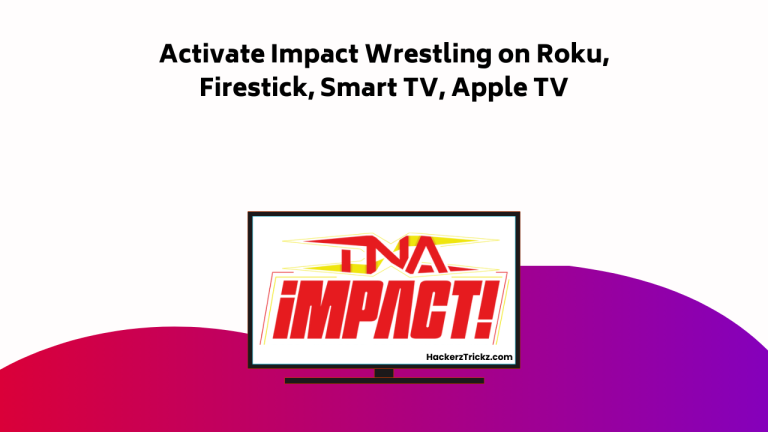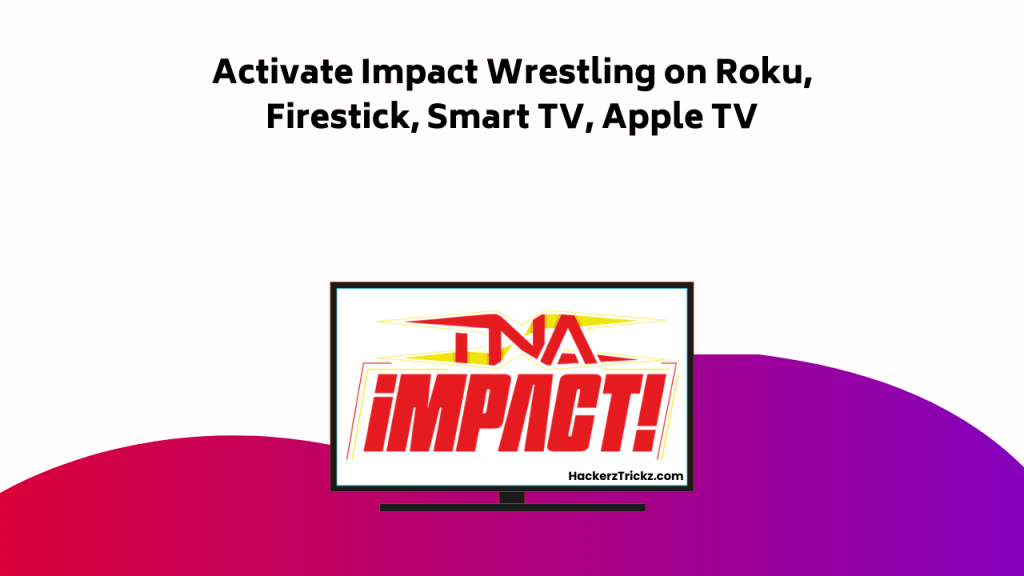Imagine you’ve just received your new Sam’s Club card in the mail. Before you can start reaping the benefits of membership, there’s an important first step—activating your card.
You’ll want to head to samsclubcredit.com/activate for this.
This might seem straightforward, but thanks to advancements in technology, the process is fast and secure when done correctly. Still, there are a few tips and tricks to confirm a smooth activation process.
Ensure you have a stable internet connection and your card details handy. If you run into any hiccups—like the page not loading or your information not being accepted, basic troubleshooting steps such as switching browsers, clearing cache, or trying another device can help resolve the issue.
Plus, wouldn’t you want to know how to register for online access, which allows you to manage your account with ease? We’ll discuss all these aspects, and who knows, you might discover a few features of your card you weren’t aware of.

Contents
- Activation Process for Sam’s Club Card
- Steps for Card Activation
- Registering for Online Access
- Creating Your Password
- Features of Sam’s Club Credit Card
- Cashback Opportunities With Mastercard
- Managing Your Card Online
- Reporting Lost or Stolen Cards
- Contacting Sam’s Club Credit Center
- Tips for Smooth Card Activation
- Conclusion
Activation Process for Sam’s Club Card
To activate your Sam’s Club Card, first navigate to samsclubcredit.com/activate using your computer or smartphone. This online platform is designed to simplify the activation process, but like most digital platforms, it’s not immune to common issues.
You might encounter problems such as site unavailability or input errors. When this happens, don’t panic. Review your card details and make sure you’ve entered them correctly. User experiences suggest that most issues can be resolved with careful attention to detail and patience.
If the problem persists, reach out to Sam’s Club customer service. They’re equipped to assist you. Remember, activating your card is an essential step to start enjoying its benefits. Stay patient, follow the process, and you’ll have your card activated in no time.
Steps for Card Activation
Continuing from the general activation process, let’s break down the specific steps you need to follow for activating your Sam’s Club Card. This detailed procedure will guide you from the start of the process to the final activation confirmation.
- To begin with, visit the activation website, samsclubcredit.com/activate, from a secure browser.
- Next, input your card details including your card number, security code, and the last 4 digits of your Social Security Number.
- After reviewing your inputted information, click on ‘Activate My Card’.
- You’ll then be directed to follow some on-screen instructions. Make sure to adhere to them carefully.
- Finally, await your activation confirmation before starting to use your card.
Here are some troubleshooting tips if you encounter any hitches: make sure you’re connected to a reliable internet source, check that you’re entering correct card details, and refresh the page if it’s lagging.
Registering for Online Access
After successfully activating your Sam’s Club Card, it’s important to set up online access for easy card management. To do this, you’ll need to register or enroll on the Sams Club’s online platform. This process involves a thorough account verification process to make sure your security. Sam’s Club takes online security measures seriously, providing a safe and secure environment for all transactions.
To start, visit the Sams Club’s online access registration page. You’ll be asked to enter your account number and zip code. Upon successful verification of these details, you’ll be guided through the rest of the registration process. This will involve setting up security questions and answers, which help further fortify your online account against unauthorized access. Remember, your online access will make card management more convenient for you.
Creating Your Password
Creating a strong password for your online account is an essential step in ensuring the security and integrity of your Sam’s Club Card information. This process involves setting up security and creating a username strategy that’s unique and hard to guess.
Here are some tips for creating a robust password:
- Make your password at least 8 characters long.
- Use a mix of uppercase and lowercase letters.
- Include numbers and special characters, if allowed.
- Avoid using personal information that’s easy to guess.
- Consider using a reputable password manager for added security.
Features of Sam’s Club Credit Card
With the Sam’s Club Credit Card, you can avail of exclusive member deals, taking your shopping experience to a whole new level. As a part of the credit card benefits, you’ll enjoy no annual fee and fraud liability for unauthorized use. This card is accepted at all Sam’s Club and Walmart locations nationwide, giving you a wide range of shopping options.
As for online purchases, you can use it on both Sam’s Club and Walmart websites. In terms of membership perks, you’ll get early shopping hours, enabling you to beat the crowds and shop at your convenience. Plus, the card offers add-on memberships at a discounted rate. This allows you to extend the benefits to your family members or business associates.
Cashback Opportunities With Mastercard
Utilizing your Sam’s Club Mastercard, you’ll open an array of cashback opportunities that enrich your shopping experience and provide significant savings. By strategically using your card, you’re not only making purchases, but also maximizing rewards.
The cashback benefits with a Sam’s Club Mastercard include:
- Earning a whopping 5% cash back on gas, for the first $6,000 per year.
- Receiving 3% cash back on dining and travel expenditures.
- Getting 1% cash back on all other purchases.
- Enjoying the privilege of no annual fee.
- Redeeming cashback rewards at any Sam’s Club location.
Master your spending habits and let your Sam’s Club Mastercard work for you. It’s not just about spending, it’s about earning as you spend.
Managing Your Card Online
After mastering the art of earning cashback rewards, you’ll find managing your Sam’s Club card online is a straightforward and efficient process. The online account benefits are plentiful. With a few clicks, you can check your balance, pay your bills, and monitor your cashback rewards. You can also update your personal information and manage your account settings for best convenience.
But it’s not just about convenience. The online platform also adopts robust card security measures. You can set up alerts for unusual activity, ensuring your account stays safe. Plus, you can access your account anytime, anywhere, making it easier than ever to stay on top of your finances. Take control of your Sam’s Club card and enjoy the benefits of managing it online.
Reporting Lost or Stolen Cards
In the unfortunate event that your Sam’s Club card is lost or stolen, prompt reporting is essential to prevent unauthorized use and protect your account. Acting quickly can play a key role in preventing fraud associated with your card.
Here are some steps you should take:
- Immediately report the loss or theft of your card to the appropriate authorities.
- Keep a record of all communications for reference.
- Monitor your account for any suspicious activity.
- Take advantage of the emergency assistance provided by Sam’s Club.
- Update your card details on any platforms where it’s used for automatic payments.
Contacting Sam’s Club Credit Center
Should you need assistance with your Sam’s Club credit card, you can reach out to the Sam’s Club Credit Center, available 24/7 to answer all your queries and concerns. Their dedicated customer service team is equipped to help you with account management, card security issues, and any other card-related matters.
They prioritize your security and satisfaction, ensuring your card usage experience is smooth and secure. For immediate support, you can dial their customer service number and expect a professional response.
Alternatively, you can use their online resources to troubleshoot common card issues or understand your card’s features better. Remember, maintaining your card security is paramount. Don’t hesitate to contact the Credit Center if you suspect any fraudulent activity on your card.
Tips for Smooth Card Activation
While guaranteeing the security of your Sam’s Club credit card is extremely important, it’s just as essential to have a smooth card activation process. To facilitate this, we’ve gathered some troubleshooting tips based on user experiences.
- Always make sure you have a stable internet connection before starting the activation process.
- Have all necessary card and personal details at hand to avoid interruptions.
- Double-check all entered information for accuracy to prevent errors.
- If you encounter issues, don’t hesitate to contact the Sam’s Club Credit Center for assistance.
- Finally, take time to familiarize yourself with the card’s features and benefits once activated.
Conclusion
Now that you’ve got the ball rolling, activating your Sam’s Club card and setting up online access should be a piece of cake.
With these tools at your fingertips, managing your rewards and keeping track of your balance is as easy as pie.
So, plunge headfirst into the world of exclusive deals and cashbacks.
Remember, the team at Sam’s Club Credit Center is always there to lend a helping hand.
Happy saving!



















